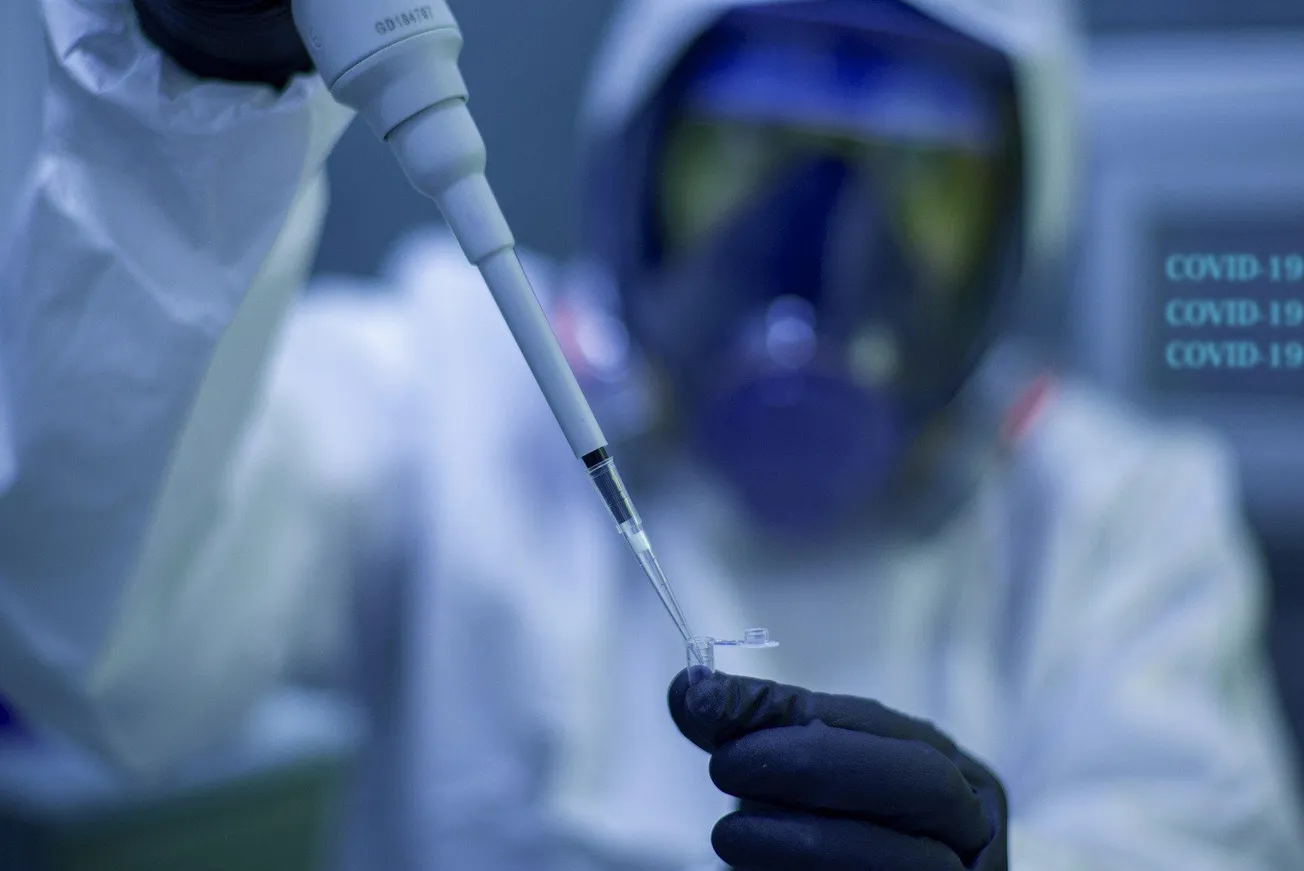The first COVID-19 case occurred in China in early January; it then took three months for the world to reach 1 million confirmed cases of infection. Between July 10 and July 14, it took just 4 days — a mere 96 hours — for the number of global COVID-19 cases to ascend by 1 million, to a total of 14 million.
Is this purely an increase in rate, with new cases now occurring at 25 times the rate a few months ago, or does the growth mean that new characteristics of the pandemic emerge? There are indications that specific phase-shift changes are occurring:
As hospitalizations increase, ICUs and entire hospitals are reaching physical capacity and staffing capacity. When health care is not available, patient outcomes become dramatically worse, undoing the improvements in the case fatality rate that have come from learning better how to treat sufferers of the disease.
Being on the outlook for singularities: on July 17 Insider Intelligence reports, “Nearly a third of children tested for COVID-19 in Florida have tested positive for the virus, according to data from the Florida Department of Health, raising new concerns about how children spread the disease.” The data, through July 9, show that roughly 17,000 (31%) of the 54,000 children under 18 years old in Florida tested for COVID-19 had a positive test result. The article reports, “Florida has tested more than 2.8 million people for COVID-19 in total, and state data shows that the average positivity rate among all ages is about 11%.” The under-18 cohort in Florida has three times the positivity rate of the population as a whole, and three times the national positivity rate for children. What model predicted this?




